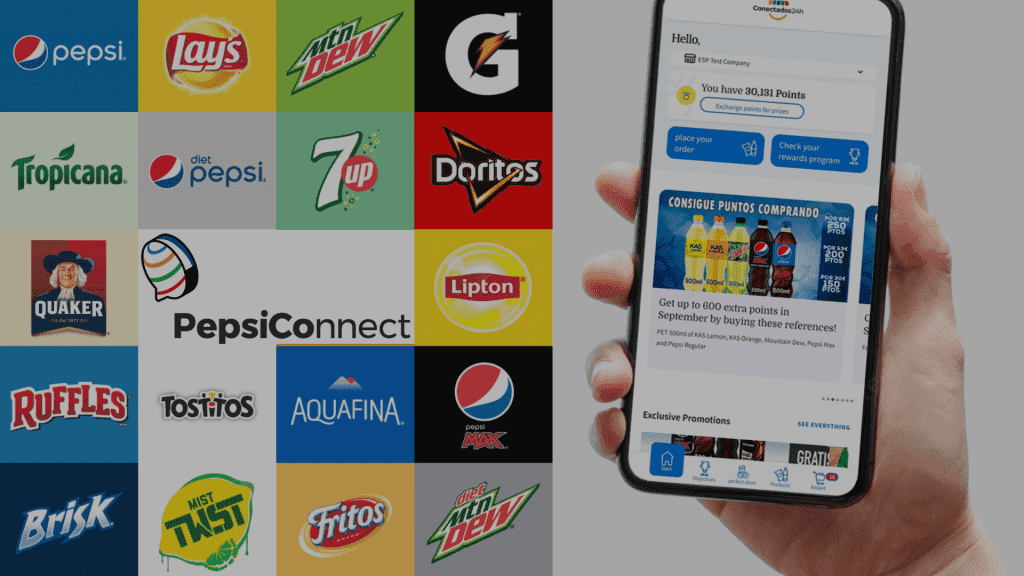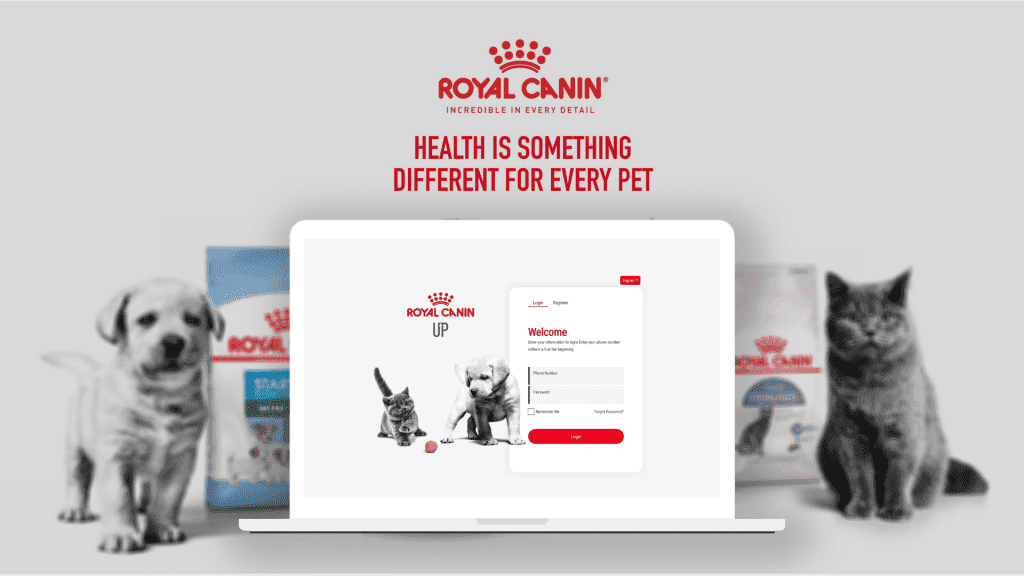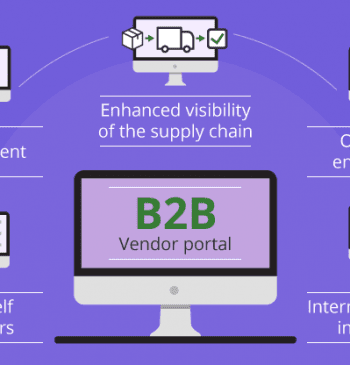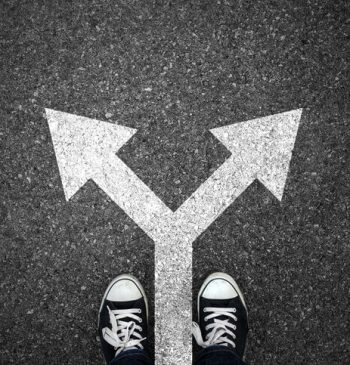30 Nov

Customer loyalty is more important than ever in today’s competitive business landscape. It is the driving force behind repeat purchases, positive word-of-mouth, and the overall success of a brand. But what exactly is customer loyalty, and how can businesses cultivate it? In this comprehensive guide, we will explore the concept of customer loyalty, its significance, and effective strategies to build and measure it.
What is Customer Loyalty?
Nowadays, customer loyalty is the ongoing positive relationship between a customer and a business. It goes beyond individual transactions and is built on trust, satisfaction, and emotional connection. A loyal customer continues to choose a brand over competitors and becomes an advocate, spreading positive word-of-mouth and providing valuable feedback.
Loyalty is not solely based on excellent products or services. It results from multiple positive interactions that create a sense of trust and emotional attachment. Loyalty can withstand a few negative experiences if a business handles them effectively. Customers who had a problem with a brand but had it resolved are often more loyal than those who have yet to encounter an issue in the first place.
Why is The Customer Loyalty Important?
In the digital age, customer loyalty is a need for several reasons. Firstly, retaining existing customers is more cost-effective than acquiring new ones. Repeat customers have a higher chance of converting and tend to spend more on average. Additionally, loyal customers become brand advocates, promoting the business to their networks and driving new customer acquisition.
A strong strategy enhances customer satisfaction, reduces churn, and increases brand recognition. Satisfied customers are likelier to provide positive reviews, refer others to the brand, and continue making repeat purchases. Moreover, loyal customers often spend more over time, leading to increased sales and revenue for the business.
How to Build Customer Loyalty Strategies?
Creating a customer loyalty strategy is essential for nurturing existing customers and building long-term relationships. The strategy should encompass key elements such as customer service, technology, and design. Customer service involves dedicated teams that engage with customers, address their inquiries, and provide support. Technology should align with customer needs and offer seamless experiences. Design encompasses marketing tactics, product development, and overall customer experience.
To develop an effective B2B loyalty strategy, businesses must understand their target customers, needs, and preferences. Creating buyer personas and segmenting customer data can provide valuable insights. An essential component of a successful strategy is offering exceptional customer service, collecting feedback, and establishing a loyalty program.
Key Elements of a Customer Loyalty Program
To reward and incentivise customers for their loyalty, a customer loyalty program is necessary in the business world. It aims to enhance customer retention, increase repeat purchases, and foster brand advocacy. A well-designed loyalty program should include the following key elements:
- Rewards and Incentives: Offer tangible rewards such as discounts, exclusive offers, freebies, or loyalty points that can be redeemed for future purchases.
- Personalization: Tailor the loyalty program to individual customer preferences and purchase history to create a personalized experience.
- Tiered Membership: Implement a tiered system where customers can progress to higher levels based on loyalty and receive additional benefits.
- Communication: Regularly communicate with program members through targeted emails, personalized offers, and special events.
- Gamification: Incorporate gamification elements, such as challenges, badges, and leaderboards, to make the loyalty program engaging and interactive.
How Do You Measure Customer Loyalty?
Measuring customer loyalty is crucial for evaluating a loyalty program’s effectiveness and identifying improvement areas. While loyalty is an emotional concept, it can be quantified using various metrics. Some of the most effective metrics include:
- Net Promoter Score (NPS): A widely used metric that measures customer satisfaction and loyalty by asking customers how likely they are to recommend the brand to others.
- Repeat Purchase Rate: The percentage of customers who make repeat purchases over a specific period. This metric indicates the level of customer retention and loyalty.
- Customer Loyalty Index (CLI): A standardized measure that combines metrics like NPS, repeat purchases, and willingness to try other products. CLI provides a comprehensive view of loyalty over time.
- Upsell Ratio: Measures the percentage of customers who purchase additional products or upgrade their purchases. A higher upsell ratio indicates a deeper level of loyalty.
- Retention Rate: In marketing and product management, retention rate refers to the percentage of customers who continue paying for a product over a given timeframe. This is a critical success metric for companies whose customers repeatedly buy the same products from them, such as milk and coffee brands.
Effective Metrics
While the above metrics are useful for measuring loyalty, businesses should also consider other factors contributing to allegiance. Metrics such as customer lifetime value (CLV), customer satisfaction score (CSAT), and customer effort score (CES) provide additional insights into loyalty programs and overall satisfaction.
Customer lifetime value measures the total value a customer brings to a business over their entire relationship. CSAT quantifies customer satisfaction based on surveys or feedback. CES measures the ease of the B2C and B2B customer’s experience, indicating their likelihood of remaining loyal to the brand. By analyzing these metrics, businesses can comprehensively make data-driven decisions to improve their loyalty programs and overall customer experience.
Best Practices for Improving Customer Loyalty
To enhance customer loyalty, businesses should implement best practices that deliver exceptional experiences and build strong relationships. Here are some effective strategies:
- Provide Excellent Customer Service: Offer prompt and friendly support, quickly resolve customer issues, and exceed customer expectations.
- Personalize the Customer Experience: Use customer data to tailor interactions and offers, making customers feel valued and appreciated.
- Foster Emotional Connections: Build emotional connections with customers by aligning with their values, demonstrating empathy, and creating memorable experiences.
- Encourage and Respond to Feedback: Actively seek customer feedback, listen to their suggestions, and improve based on their input.
- Reward Loyalty: Implement a program that offers meaningful rewards and incentives to loyal customers.
- Communicate Effectively: Maintain open and transparent communication with customers, informing them about new products, promotions, and updates.
- Continuously Improve: Regularly evaluate and measure the effectiveness of loyalty initiatives, making adjustments based on customer feedback and changing market dynamics.
How Do You Set Up a Customer Loyalty Program?
Businesses should follow a systematic approach to ensure success when implementing a loyalty program. Here are the key steps involved:
- Set Clear Goals: Define the objectives of the loyalty program, such as increasing customer retention, driving repeat purchases, or improving customer satisfaction.
- Design the Program: Determine the program’s structure, including rewards, tiers, and eligibility criteria. Consider personalization and gamification elements to enhance engagement.
- Communicate and Launch: Communicate the program to customers, highlighting its benefits and how they can participate. Launch the program with a well-executed marketing campaign.
- Monitor and Analyze: Regularly monitor program performance, track key metrics, and analyze customer feedback to identify areas for improvement.
- Adapt and Evolve: Continuously evolve the loyalty program based on customer needs, market trends, and feedback. Experiment with new rewards, incentives, and engagement strategies.
The Role of Technology in Customer Loyalty
Technology plays a crucial role in enhancing customer loyalty. Businesses can leverage various tools and platforms to streamline loyalty program management, personalization efforts, and customer engagement. Here are some key technologies:
- Customer Relationship Management (CRM) Systems: CRM systems help businesses collect and analyze customer data, enabling personalized interactions and targeted marketing campaigns.
- Loyalty Program Software: Dedicated loyalty program software simplifies program management, tracks customer activity, and facilitates reward redemption.
- Customer Feedback and Survey Tools: Feedback and survey tools enable businesses to collect valuable insights from customers, measure satisfaction, and identify areas for improvement.
- Marketing Automation Platforms: Marketing automation platforms allow businesses to deliver personalized messages, automate loyalty program communications, and nurture customer relationships.
- Mobile Apps and Digital Wallets: Mobile apps and digital wallets provide convenient ways for customers to engage with loyalty programs, access rewards, and make purchases.
By leveraging technology effectively, businesses can create seamless customer experiences, deliver personalized interactions, and enhance overall loyalty program effectiveness.
Customer Loyalty in the Digital Age
Customer loyalty has evolved into online and offline touchpoints in the digital age. The rise of e-commerce, social media, and mobile devices has transformed how customers interact with brands. To thrive in this digital landscape, businesses must adapt their loyalty strategies accordingly. Here are some key considerations:
- Omnichannel Experience: Provide a seamless and consistent experience across all channels, allowing customers to engage with your brand seamlessly from online to offline.
- Personalized Digital Interactions: Leverage customer data and digital technologies to deliver personalized recommendations, offers, and experiences.
- Social Media Engagement: Actively engage with customers on social media platforms, respond to their inquiries and feedback, and leverage user-generated content to build brand loyalty.
- Gamification and Augmented Reality: Incorporate gamification elements and augmented reality experiences to make loyalty programs more interactive and engaging.
- Data Privacy and Security: Protect customer data and comply with relevant data privacy regulations to build trust and loyalty among digital-savvy customers.
By embracing digital transformation and leveraging technology, businesses can create unique and compelling customer experiences that foster loyalty in the digital age.
Successful Customer Loyalty Programs
Several companies have implemented successful customer loyalty programs, showcasing the impact of effective strategies. Here are two case studies:

- PepsiConnect The Loyalty & Customer Engagement program rewards the retailers based on their business relationship & platform interactions like answering a quiz or watching a new product video and many more actions. With the built-in incentive automation solution, stores can earn bonus points meeting store-based (personalized) business challenges & in-store execution objectives like “perfect store”. In addition to the loyalty program, there is also an online ordering section blended into the platform where online orders can earn points for the program members.

- Royal Canin UP is a B2B customer engagement & loyalty platform launched to digitalize the communication & business relationships with pet shops, vets & breeders and to collect consumer (the pet owner) data. B2B partners, pet shops, vets and breeders earn points for the continued business relationship, meeting bespoke business challenges and submitting pet owner data into the platform. When pet owners enroll in the program, they get discount vouchers to be redeemed on the Royal Canin e-commerce website, and the B2B partner earns points because of the pet owner data provided.
These case studies highlight the importance of personalized rewards, the power of incentivization, engaging experiences, and building a sense of community within loyalty programs.
Mastering Loyalty Programs
By understanding the concept of customer loyalty, implementing effective strategies, measuring key metrics, and leveraging technology, businesses can cultivate brand advocates and create exceptional customer experiences. Building a loyalty program requires a customer-centric approach, continuous improvement, and a commitment to delivering value at every touchpoint. With the right strategies and tools, businesses can build a loyal customer base that drives sustainable growth and success in the competitive marketplace.
You can reach our previous article from https://www.apexloyalty.com/6-revolutionary-ai-strategies-for-customer-loyalty-in-the-cpg-industry/







